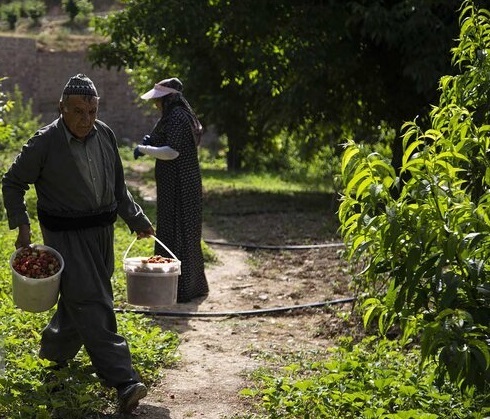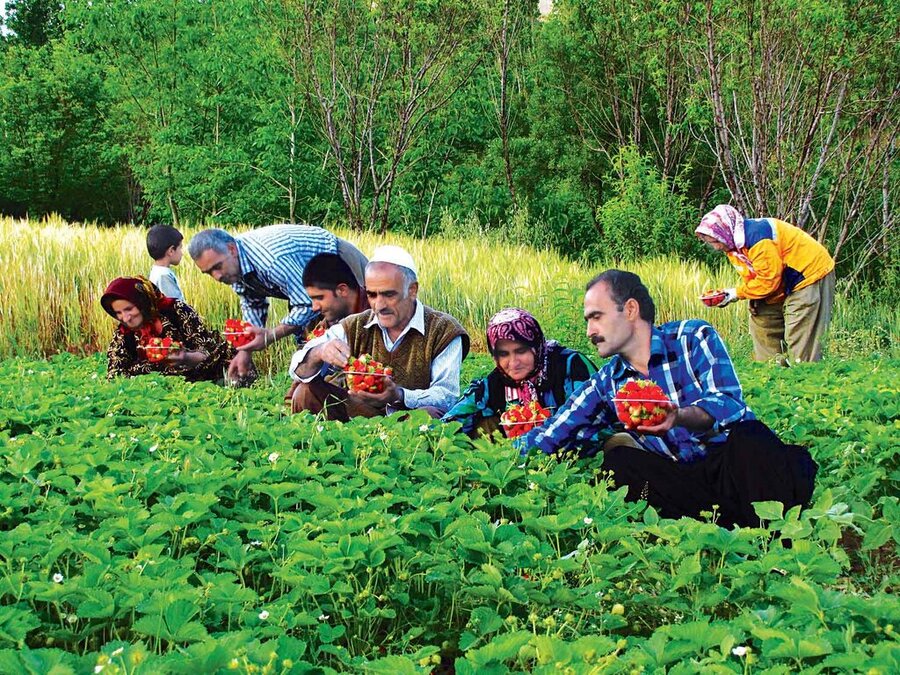The planting of strawberries in Sina Province in the East part of Kurdistan has a history of more than 150 years. The weather condition, the suitable amount of rainfall, and the tireless farmers have all made this province to become the center of strawberry production in Iran.
In terms of planting and producing strawberries in Iran and even in the region, this province is known as the center of strawberry production. In all parts of Iran, strawberry is known to be Kurdistan’s production.
Strawberry has become a brand of Kurdistan Province and it is very important to take serious steps to enhance it. In the 3,600 hectares of agricultural land in this province, about 75,000 tons of strawberries are produced annually. Each year the lands dedicated to this product grow. The general profit of planting strawberries is about 300 million tomans per hectare annually.
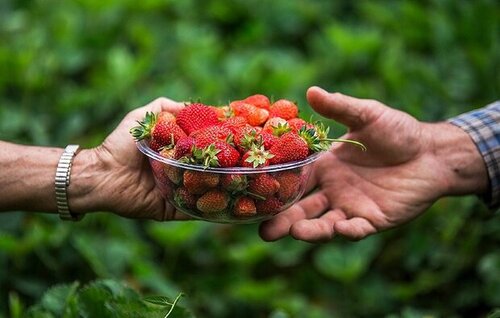
On a global scale, the average amount of strawberry production is 22 tons per hectare but the average is 16 tons per hectare in Sina Province. Last year in Iran, about 120 tons of strawberry was produced, 62% i.e., 7500 tons of which was from Sina province.
The Sina Province occupies 1.7% of Iran's land and the population of this province is 1.88% of the total population of Iran.
In Sina Province, strawberry is not produced only in Spring. In this province, Autumn strawberries and greenhouse strawberries are also produced. The original types of strawberries in Iran include: Kurdistan types, cherry type, Atabaki and Delandy types which have been ignored mostly due to lack of support, and the more beautiful types have become more popular that are not tasty at all and are known as plastic strawberries among people. This is one of the reasons for the reduction of strawberry production in Kurdistan.
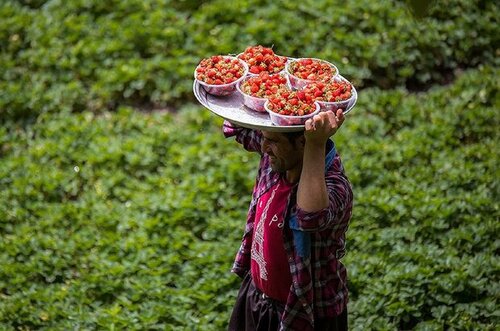
Strawberry production is a great source of income. It can be planted in most parts of Kurdistan and one of its particular features is that it can be planted in sloped lands. The harvesting of strawberries begins in the middle of May in different parts of Kurdistan province and ends in the middle of June. In some areas where the weather is colder, it can continue until the end of June or the beginning of August. This product is the income source for more than 15 thousand families and more than 3600 hectares of land in Sina, Kamyaran, Marivan, and Sawlawa have been dedicated to planting it.
In the past few decades, the share of Sina Province in planting strawberries in Iran has been more than 90% but in the last decade, Sina Province’s share has reduced. This is undoubtedly a negative sign for Sina Province to lose its place in this field.

The farmers who plant strawberries in this province face several problems. Some of the main problems are the unsuitable roads leading to the farms, lack of water resources, lack of fruit freezers to keep the products fresh, and selling the strawberry product to those vendors who buy it at low prices from the farmers. Developing planting, harvesting, and exporting strawberry products based on the potential of this province can lead to job opportunities for the youth.
The market for selling this product is only in Tehran and some big cities. Since the markets are limited and the income is not enough, the farmers do not feel obligated to enhance their production. This will lead to a lack of investment in producing strawberries. Dedicating a market for exporting strawberries due to the high levels of production in this province, lack of standard tools to make the job easier such as fruit freezer vans to transport the product, the construction of a conversion industry as well as the elimination of vendors who buy the products in a low price are among the farmers' concerns.
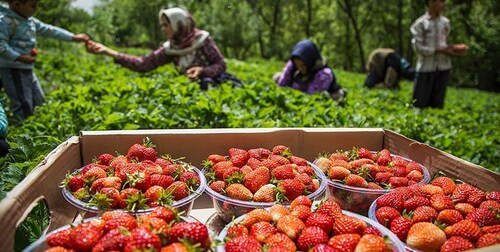
Lack of standard containers to keep the strawberries while transferring them makes the farmers buy plastic bowls from other provinces which are more expensive. Based on the statistics, the Customs Department of Bashmax only let 41 tons of Sina Province strawberry products to be exported to Kurdistan Region, about 66 thousand dollars, which is a small amount. It is important to mention that even if the production increases, due to a lack of transferring infrastructures, the farmers cannot export their products to foreign markets.
